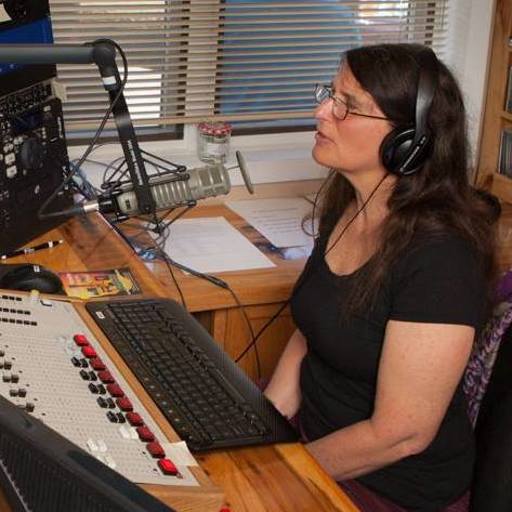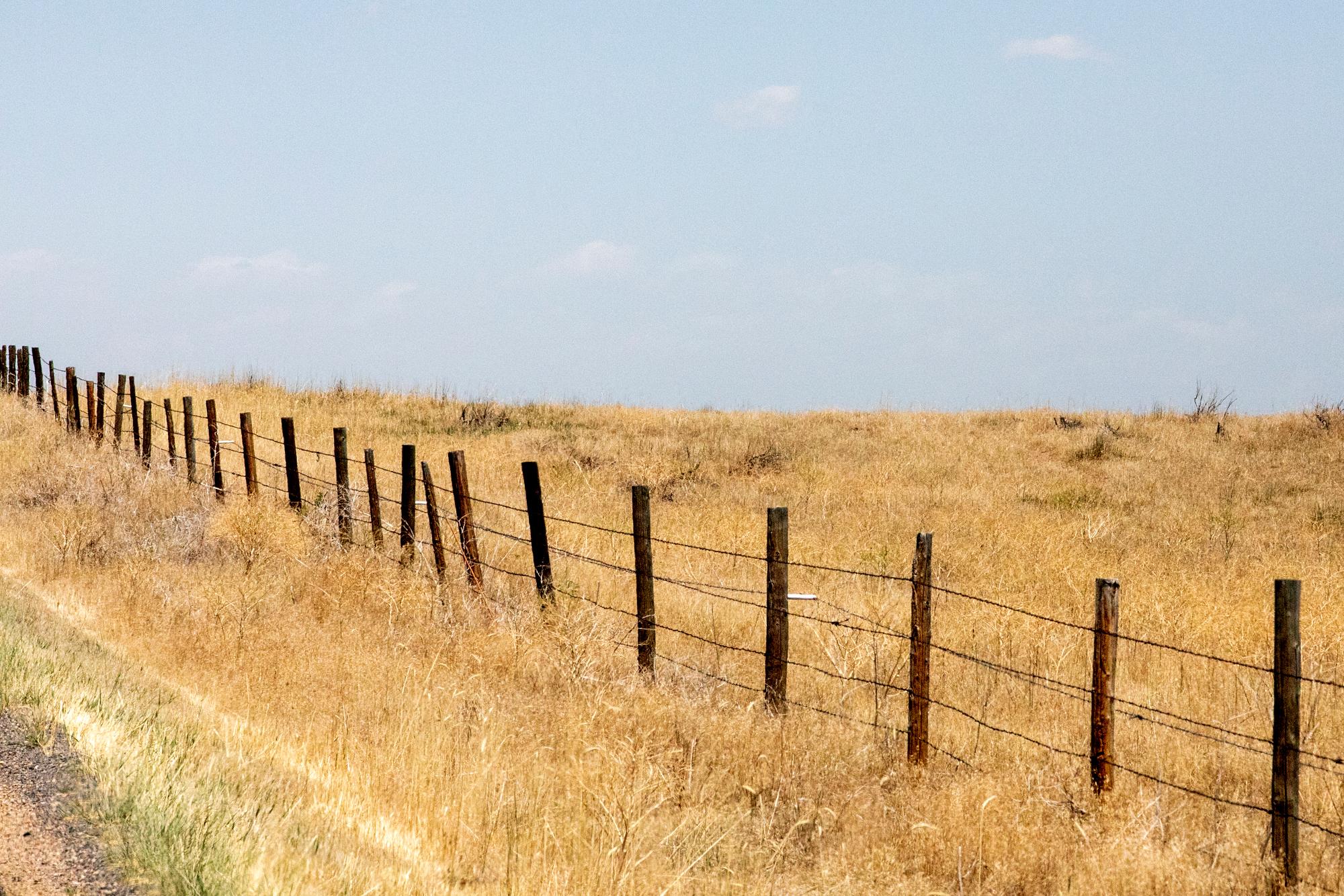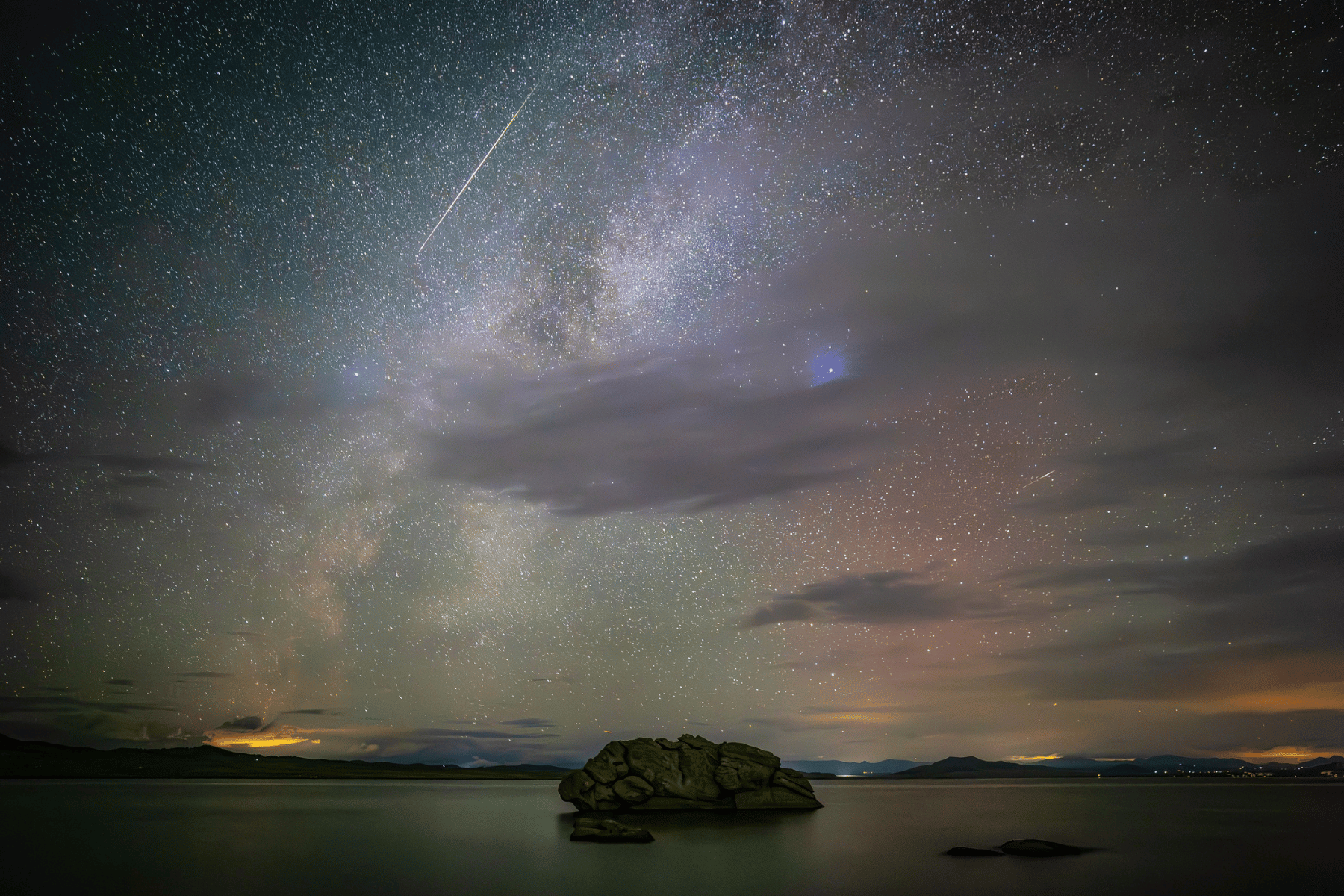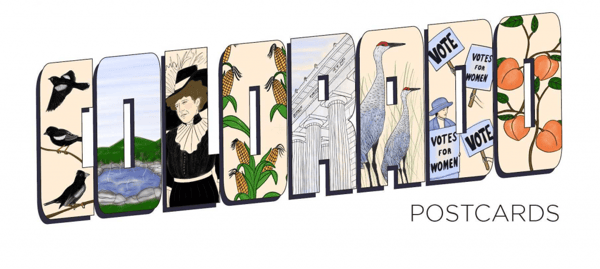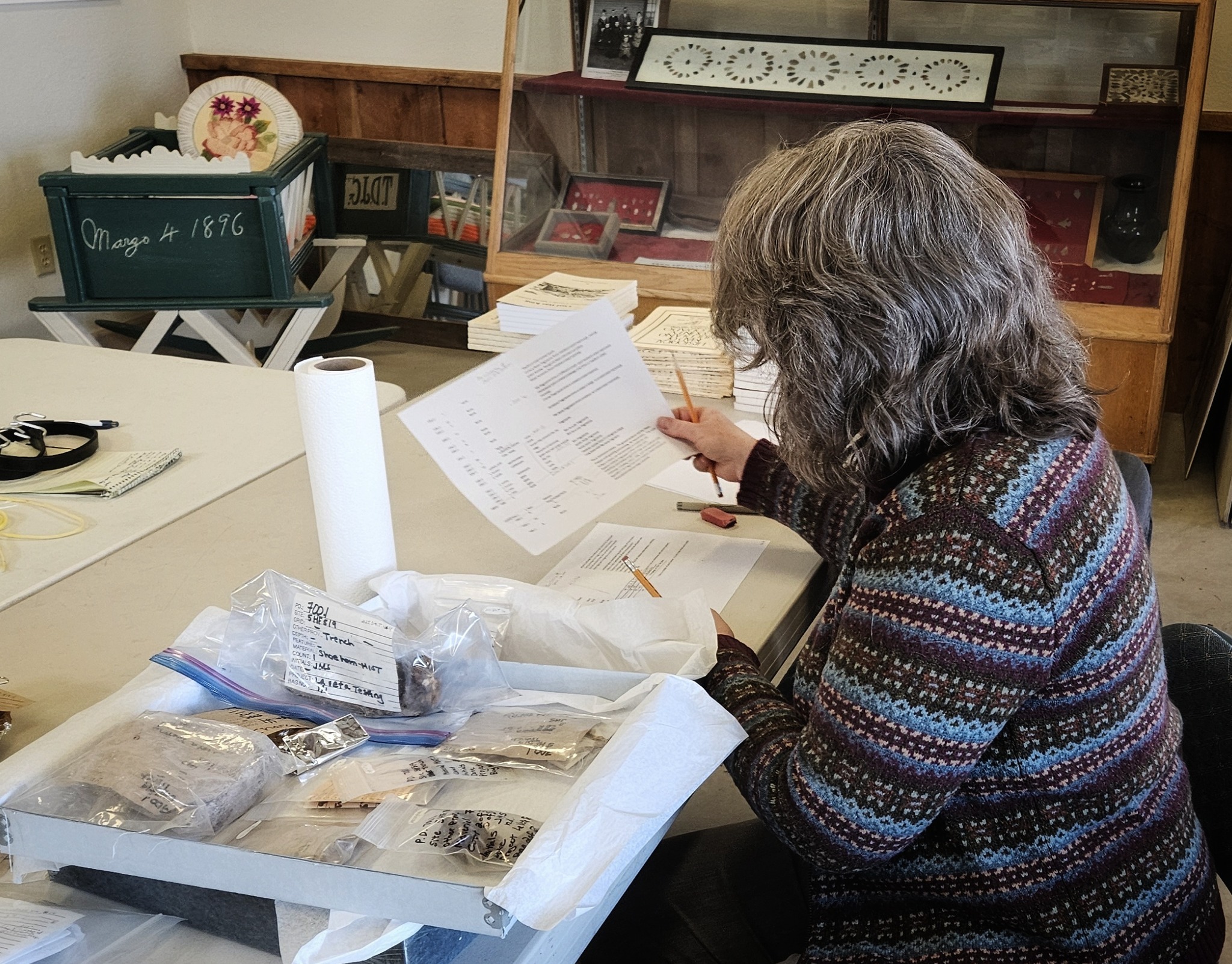
Archaeologists now have an approximate time frame for when a very old hearth was used in La Veta, about an hour southwest of Pueblo. It was discovered during excavation work for a drainage project at the Francisco Fort Museum a few years ago.
Carbon dating of charcoal found during the dig shows the hearth was in use around 1721-1814. That’s according to a recent study done by a team of archaeologists.
“It dates to when the Spanish were hanging out in that part of Colorado,” researcher Sara Millward said. They also found stone tools, animal bones and other items that are likely associated with Indigenous people.
Museum director Anne Stattelman said the fort’s curator, Kim McKee, and Eden Welker, a professional anthropologist from Aims Community College in Northern Colorado, are continuing to analyze the animal bones and other artifacts found at the site.
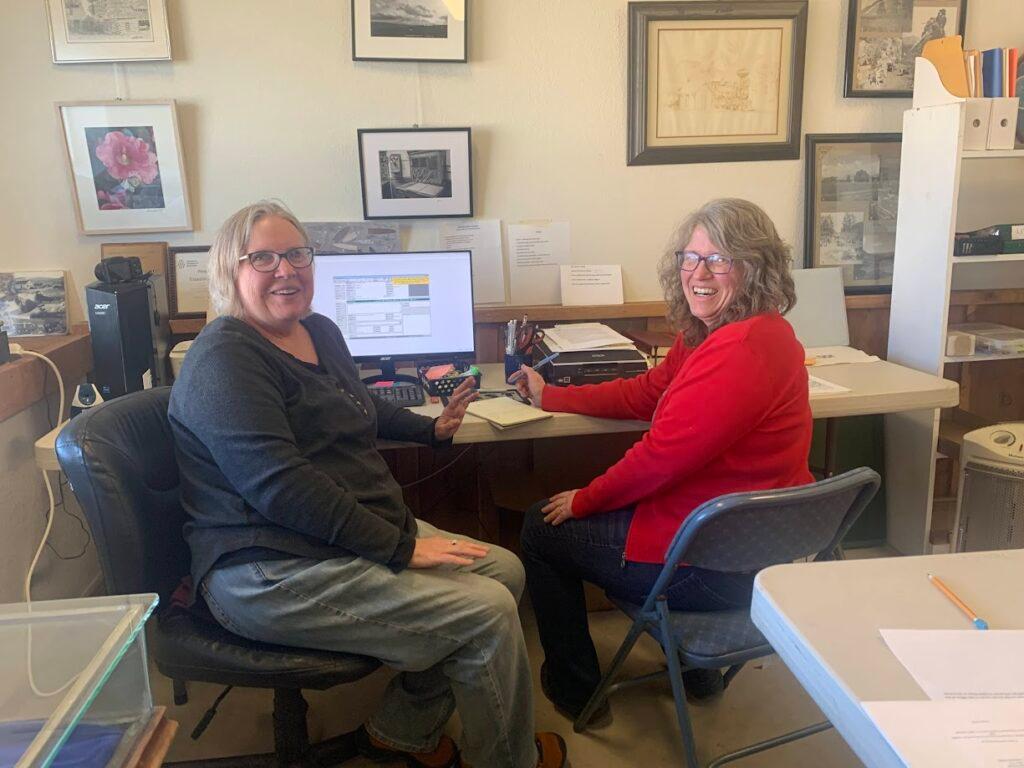
“They're finding out some additional things (by) working on the actual bones,” she said. “They think it's a really unique feature to have that many bones in one place.”
Stattelman said some bones have saw marks and other evidence of butchering using tools. Other bones are broken or burned and may have been marrow bones or soup bones.
“We really want to analyze what those bones are,” she said. “That's going to tell us a lot more about what La Veta looked like prior to 1710.”
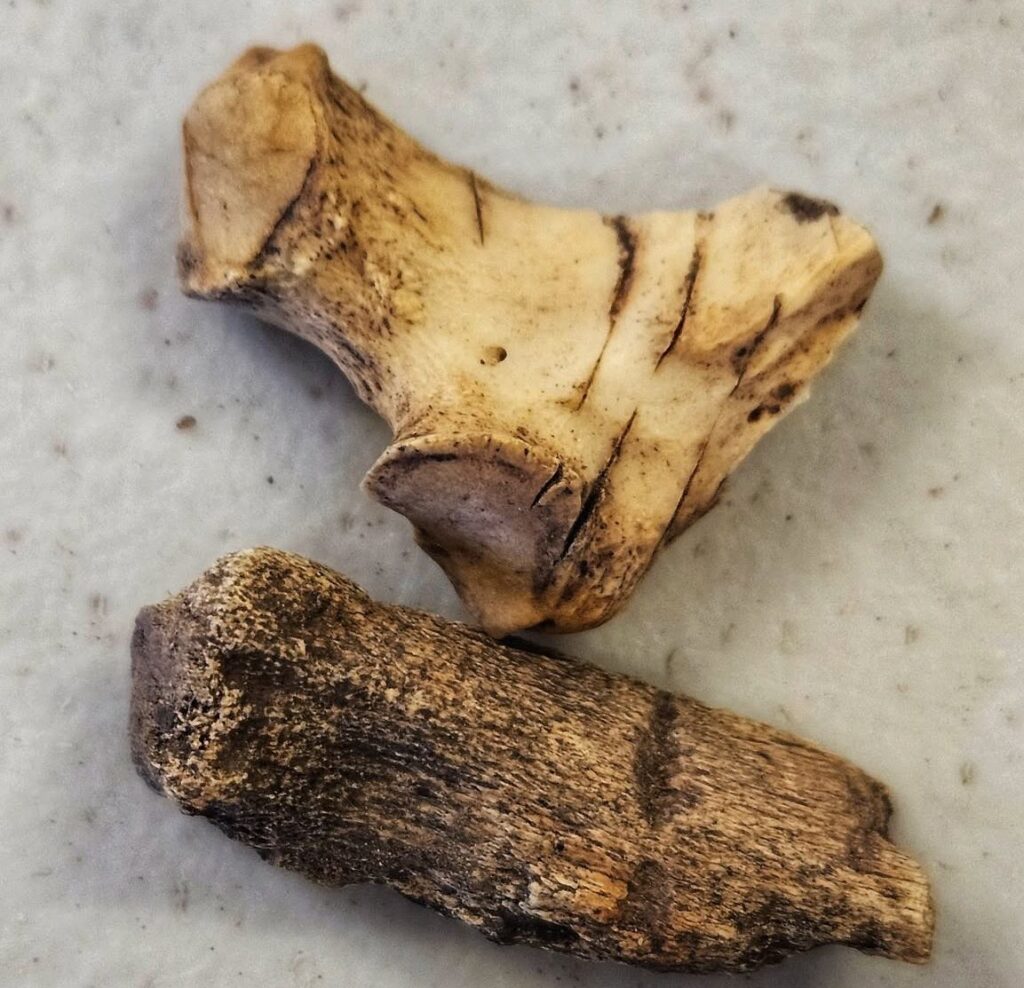
There are accounts of a fort or a stockade in the area built around 1710. Some people think that the current fort is built on that foundation, according to Stattelman.
“Who knows?" Stattelman said, ” It's all conjecture.” It’s part of the story they hope to learn more about.
Both Millward and Stattelman suggest the various artifacts found at the site show the convergence of different cultures.
“Because a good place to live is always a good place to live,” Millward said. “If you have water, if you have trees and animals and a flat place to camp or build a structure or whatever, humans are drawn over and over again to the same areas on a landscape.”

"When we go out and we look for sites, often we'll find them in areas that just seem like a nice place to camp or hang out.”
Some artifacts will be on display at the museum this summer, Stattelman said. The museum is planning to host a cultural event on July 26, and they’ve invited Ute dancers — native to the area – to perform.
Stattelman said they’ve been working to display the artifacts appropriately and they are seeking feedback from the tribe.
Both Millward and Stattelman said there’s more work to be done and learning more about the site will be ongoing.
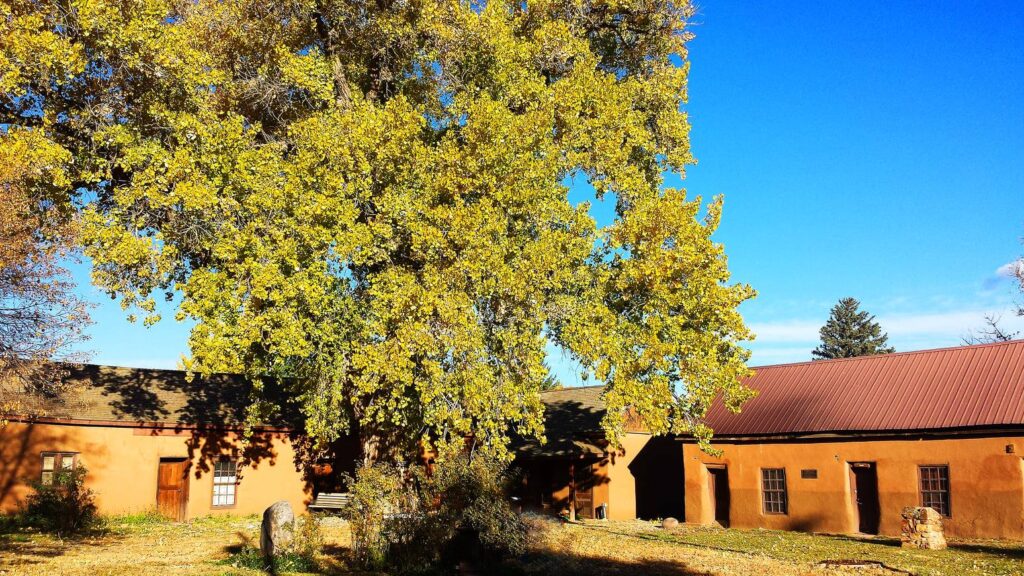
- Work is now underway to piece together the story behind surprise archeological find in La Veta
- Cuchara Mountain Park's chairlift could be ready for next ski season, meanwhile locals worry about private development
- The Spanish Peaks in Southern Colorado are a piece of the geological puzzle of why the High Plains are so high
